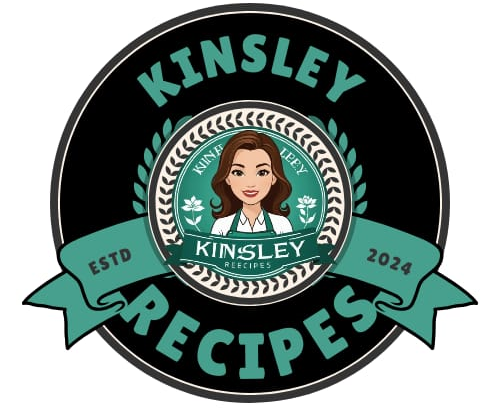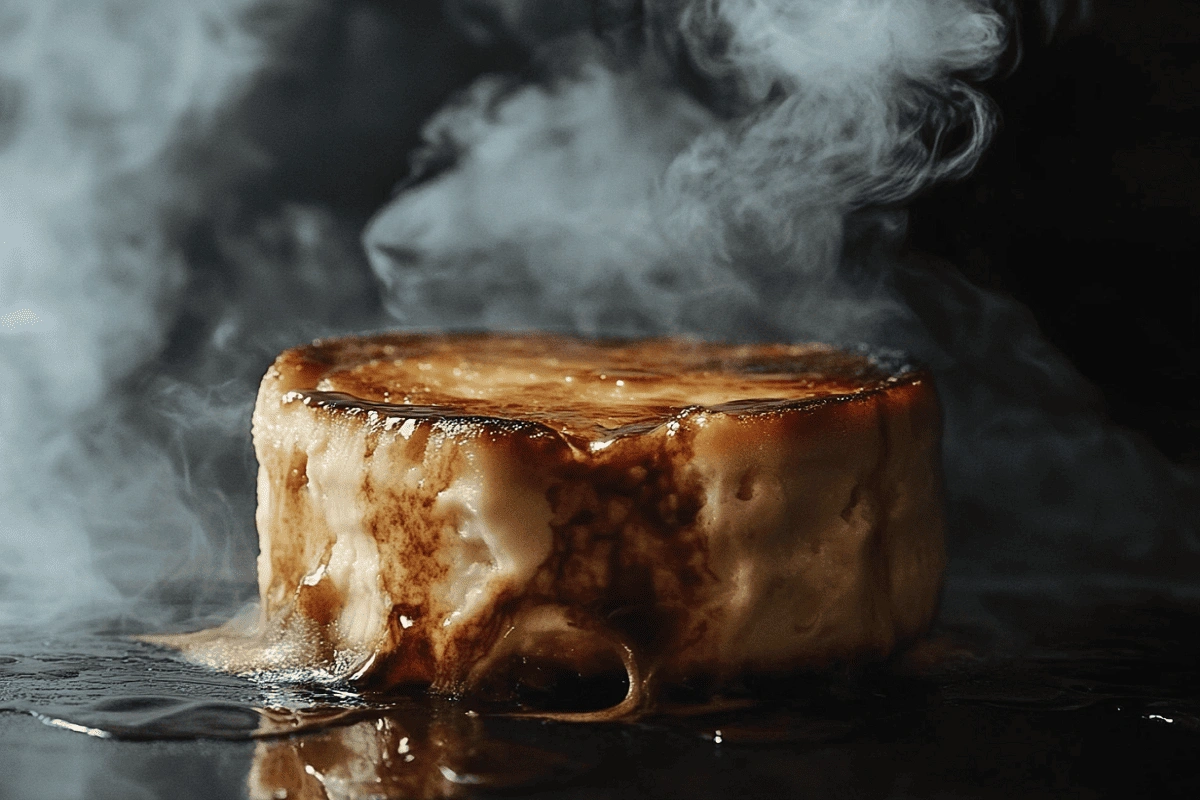Is the center of your cheesecake flawlessly smooth, with a delicate tremble beneath its polished surface? You might be dealing with an undercooked dessert. This comprehensive article explores everything you need to know about what undercooked cheesecake looks like, how to fix it, and ways to prevent it. Whether you’re a beginner or a seasoned baker, understanding these signs can save your dessert—and your reputation.
Introduction
Cheesecake is a luxurious dessert with a rich, smooth texture that makes it a favorite around the world. But it’s also one of the trickiest desserts to bake perfectly. One of the most common issues home bakers face is undercooking. So what does undercooked cheesecake look like?
Undercooked cheesecake can ruin your dessert experience. From a soggy middle to raw batter consistency, it’s crucial to recognize the early warning signs. In this guide, you’ll learn how to spot these signs, why undercooking happens, how to fix it, and how to avoid it in the future.
So, what does undercooked cheesecake look like in practical terms? Keep reading to learn how to identify, fix, and avoid this common baking pitfall.
What Does Undercooked Cheesecake Look Like?
If you’re unsure what does undercooked cheesecake look like, you’re not alone. Many bakers struggle to recognize the signs.
Visual Indicators
- The center of the cheesecake is overly jiggly and doesn’t hold its shape.
- The surface appears shiny or wet instead of matte.
- The edges haven’t browned or pulled away slightly from the pan.
- Cracks may be absent or form in the wrong places due to inconsistent baking.
Textural Clues
- When slicing, the knife meets a sticky or gooey texture.
- The center appears batter-like, suggesting it hasn’t fully set.
- The slice droops or collapses when transferred to a plate.
These characteristics are clear indicators that your cheesecake may need additional baking or correction.
Causes of Undercooked Cheesecake
Several common baking missteps can lead to an undercooked cheesecake. As explained in Common Cheesecake Mistakes, even small errors in preparation or technique can result in disappointing outcomes. Identifying these mistakes helps you avoid them in the future.
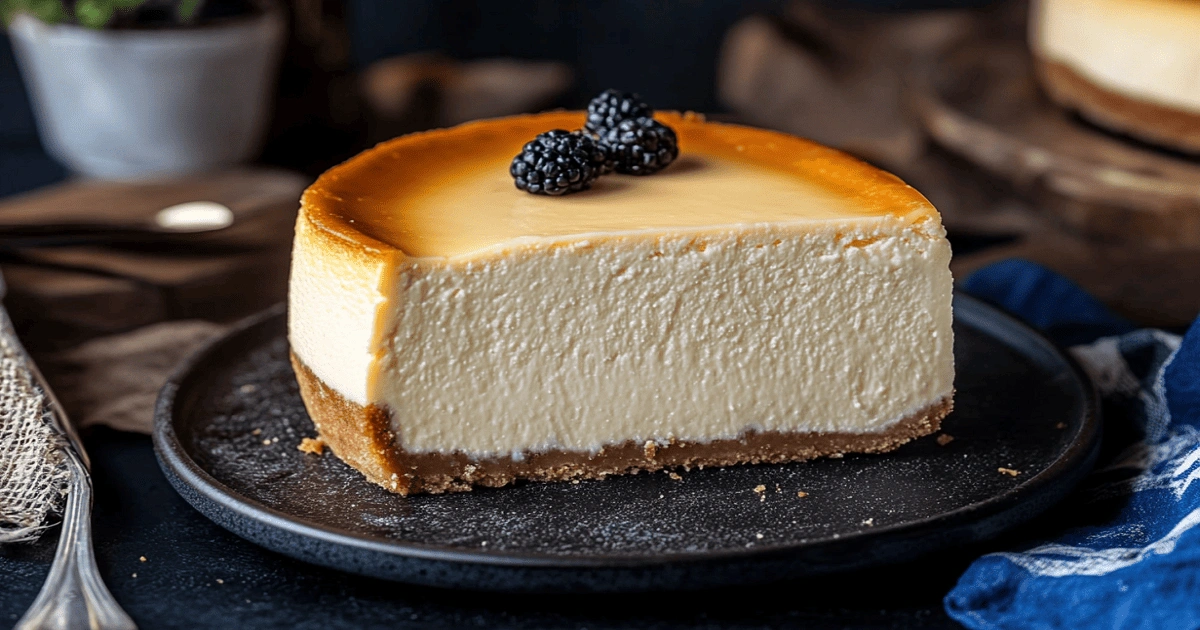
Inaccurate Baking Time or Temperature
One of the main reasons cheesecakes remain undercooked is insufficient time in the oven or incorrect temperature settings. Baking at a temperature that’s too low or removing the cheesecake too soon can leave the center raw.
Cold Ingredients
Using ingredients like eggs or cream cheese straight from the fridge can affect how evenly the batter cooks. Room-temperature ingredients blend more smoothly and bake more consistently.
Improper Mixing
Overmixing or undermixing the batter can both cause problems. Overmixing adds air, which leads to uneven rising and sinking. Undermixing causes clumps and irregular density. This can lead to a lumpy or grainy interior, and in some cases, may cause specific texture problems with Basque cheesecakes, which are known for their delicate, creamy consistency.
Skipping the Water Bath
Using a water bath helps bake the cheesecake evenly. The warm steam keeps the heat gentle and steady. Without it, the outer edges may overbake while the center remains raw.
Incorrect Pan Size or Type
Using a pan that’s too deep or wide can alter baking times. Springform pans are ideal because they allow the batter to cook evenly.
How to Tell If Cheesecake Is Undercooked
Learning what does undercooked cheesecake look like helps you avoid food safety issues and disappointing textures. There are multiple tests you can perform to check for doneness. These are especially helpful when dealing with full-sized cheesecakes, though signs your mini cheesecake is fully baked may differ slightly due to their smaller size and quicker cook time. One of the most trusted sources that outlines these methods in detail is Cheesecake Doneness Tests from Better Homes & Gardens. These tests provide reliable ways to ensure your cheesecake is properly baked.
Jiggle Test
Gently shake the pan. A properly baked cheesecake should have a slight wobble in the center, while the edges remain firm. If the whole surface ripples, it needs more time. As highlighted in the Cheesecake Jiggle Test by Southern Living, a good cheesecake will jiggle like gelatin in just the center and not throughout the whole cake. A properly baked cheesecake should have a slight wobble in the center, while the edges remain firm. If the whole surface ripples, it needs more time.
Temperature Check
Insert a kitchen thermometer into the center. The internal temperature should be around 150°F (65°C). If it’s below this threshold, the cheesecake is undercooked.
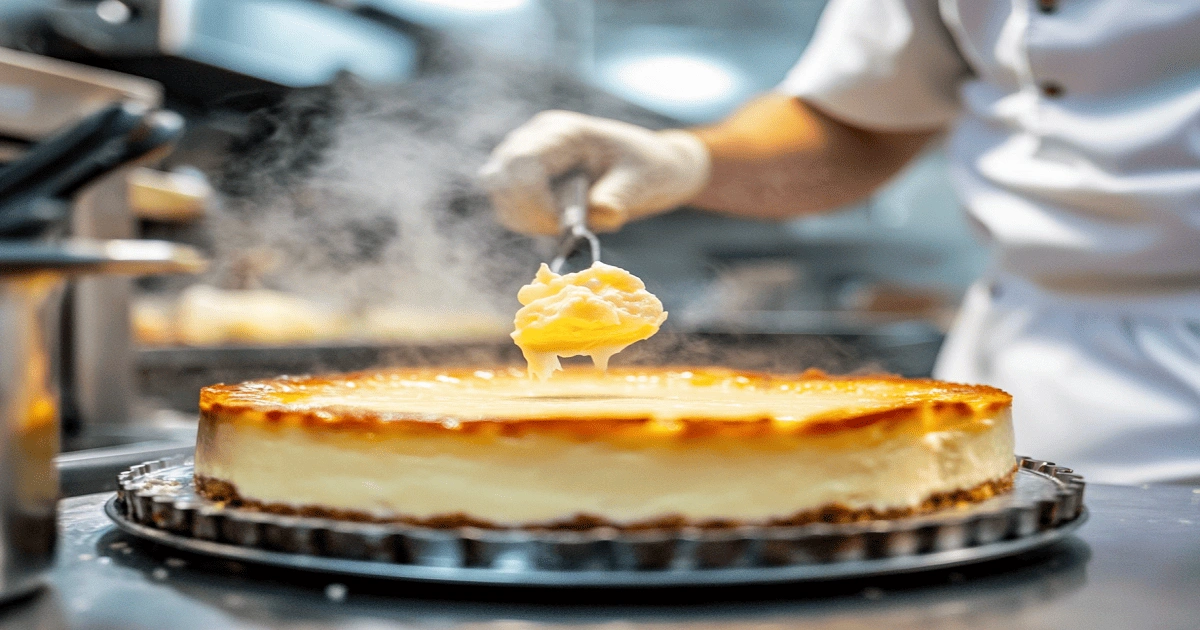
Toothpick Test
Place a toothpick or skewer into the middle. If it comes out with raw batter, it’s not done. A finished cheesecake will leave only moist crumbs on the stick.
Press Test
Touch the center gently with your finger. It should feel slightly firm but spring back lightly. A soft or sticky feel means more baking is required.
Is Undercooked Cheesecake Safe to Eat?
While a slightly soft cheesecake isn’t necessarily dangerous, consuming one that contains raw egg and hasn’t reached a safe internal temperature can pose health risks. Bacteria like salmonella can thrive in raw or undercooked dairy and egg mixtures.
To avoid these risks:
- Bake until the center reaches 150°F (65°C)
- Allow proper cooling and chilling time
- Don’t consume cheesecake with visible signs of raw batter
Refrigeration won’t kill bacteria in undercooked cheesecake—it only slows growth. When in doubt, bake longer.
How to Fix an Undercooked Cheesecake
It’s frustrating to realize your dessert isn’t done after you’ve pulled it from the oven. But it’s not always a lost cause.
Rebaking Method
Return the cheesecake to the oven:
- Set the oven to 300°F (150°C)
- Return the cheesecake to the water bath or move it to a lower oven rack.
- Bake in 5–10 minute bursts, checking the jiggle and temperature after each interval.
Be cautious not to overbake. Loosely cover the top with foil to keep it from drying out
Chill It to Set
If your cheesecake is slightly undercooked, chilling it overnight may help it firm up. This only works if the center has partially cooked and isn’t completely raw.
Repurpose It
In cases where rebaking doesn’t help, you can salvage the dessert:
- Layer it into parfaits with crushed cookies and whipped topping
- Use it as a frozen cheesecake bar base
- Blend it into milkshakes or smoothies
How to Prevent Undercooked Cheesecake
Taking proactive steps will help you achieve the perfect texture every time.
Use Room Temperature Ingredients
Let all refrigerated items sit at room temperature for at least 30 minutes before mixing. This creates a smoother batter.
Avoid Overmixing
Mix just until the ingredients are incorporated. Too much air causes cracks and inconsistent texture.
Use a Water Bath
Place your springform pan into a larger pan with warm water. This helps the cake cook evenly from edge to center. It’s often considered the best way to bake cheesecake evenly and prevents common issues like cracking and raw centers.
Don’t Open the Oven Door Early
Keep the oven door closed for the first 30–40 minutes. Opening it causes a sudden drop in temperature, which may affect the texture.
Cool Gradually
Let the cheesecake cool inside the turned-off oven with the door cracked for about an hour. This prevents sinking and cracking.
Use an Oven Thermometer
Ovens are often off by 10–20 degrees. A thermometer ensures accuracy and helps you avoid underbaking.
Frequently Asked Questions (FAQs)
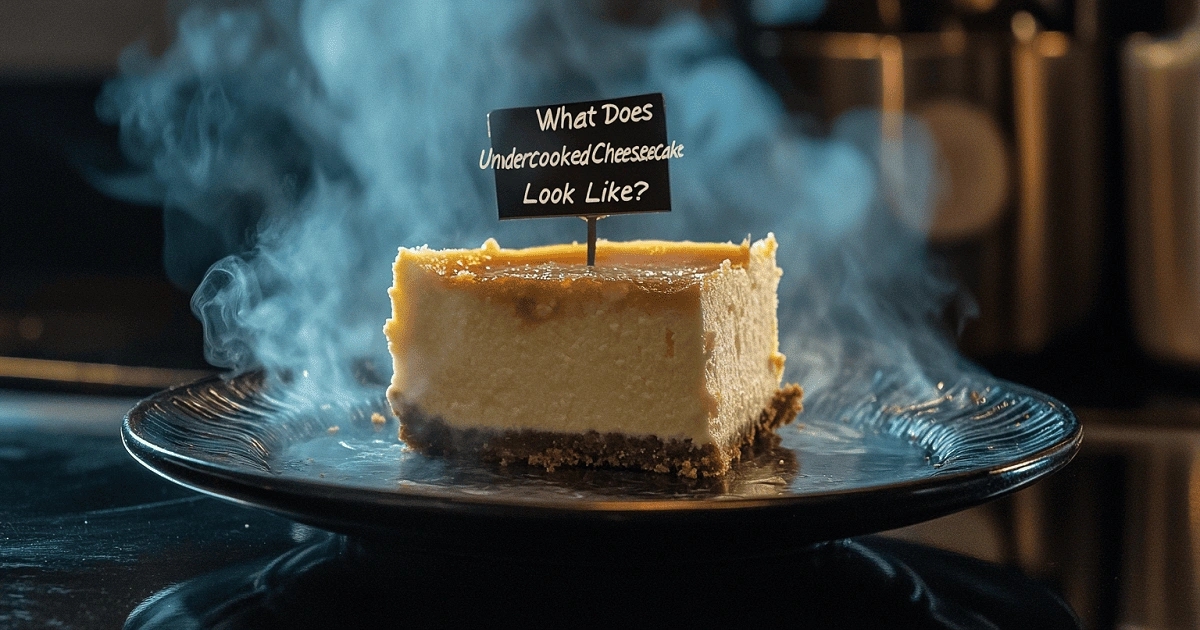
How can you tell if a cheesecake is undercooked?
Check for excessive jiggle, shiny top, and a sticky center. Use a thermometer to confirm that it has reached 150°F in the middle.
How to tell if cheesecake is safe to eat?
A cheesecake is safe to eat when fully set and the internal temperature has reached 150°F. Avoid consuming raw or undercooked portions.
What if my cheesecake is not done in the middle?
Put it back in the oven, checking every 5 minutes until the center is set. If it’s only slightly underdone, chilling overnight may help set it.
Should cheesecake be gooey?
No. While cheesecake should be creamy, it should not be gooey. Gooey texture typically indicates underbaking. Improper cooling or sudden temperature shifts can also lead to collapse or structural issues, especially in smaller versions. Learn more about why cheesecakes collapse in the center and how to prevent it.
Conclusion
Mastering the knowledge of what does undercooked cheesecake look like will boost your confidence in the kitchen and ensure your cheesecakes turn out perfectly.
Knowing how to spot undercooked cheesecake is key to baking it just right. Signs like excessive jiggle, shiny surface, and soft texture help you identify when it needs more time. If you do end up underbaking, there are methods to fix or repurpose your dessert.
Preventing undercooked cheesecake begins with the right techniques: use room temperature ingredients, follow doneness tests, and bake with a water bath. Don’t forget to check your oven’s accuracy and resist the urge to open the door too soon.
With these tips, your cheesecake can go from uncertain to flawless—every single time.
For more insights on elevating your baking skills, explore these expert techniques for the perfect cheesecake and take your results to the next level
